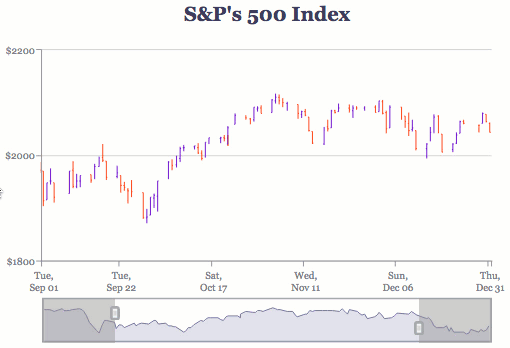What is a Stock?
Picture this: A stock is like a magical piece of ownership in a company. It's as if you become a co-captain of a corporate ship, sailing towards success. When a company decides to go public, it undergoes an "Initial Public Offering" (IPO). This is like a grand unveiling, where the company offers shares to the public, and by buying a stock, you secure a piece of the ownership pie. You become an esteemed shareholder, entitled to a share of the company's profits and growth.
Now, let's delve into the stock market itself. Think of it as a bustling marketplace where investors gather to trade stocks. It's like a dynamic ecosystem where buyers and sellers interact, setting prices based on supply and demand. When you "buy" a stock, you're essentially purchasing it from another investor who's looking to sell. It's like joining a thrilling financial game, where the objective is to make smart investment decisions and ride the waves of market fluctuations.
Let's explore the fascinating world of indices. These nifty mathematical tools help us gauge the overall performance of the stock market. Imagine if you and your friends calculated the average height among you all—it would give you a general idea of the group's stature. Similarly, indices like the Dow Jones Industrial Average and the Standard & Poor's 500 (S&P 500) provide a snapshot of how the market is performing. They act as benchmarks, reflecting the collective performance of a specific group of stocks and giving us insights into market trends.
Dow Jones Industrial Average:
Think of the Dow Jones as a fancy club that only admits the crème de la crème of companies. It consists of 30 large, influential, and iconic companies from various sectors. These heavyweights have a significant impact on the U.S. economy and are considered trendsetters in their respective industries. When you hear news about the Dow Jones, it's like getting a glimpse into the performance of these top-tier companies. Keep in mind that while the Dow Jones is widely quoted in the press, it represents only a narrow slice of the broader market.
Standard & Poor's 500 (S&P 500):
Now, imagine a powerhouse index that encompasses a broader spectrum of the market. The S&P 500 is like a grand gathering of the 500 largest U.S. companies, all rolled into one convenient package. It covers a wide range of industries, including technology, healthcare, finance, and more. As a result, the S&P 500 provides a more comprehensive snapshot of the overall market performance. When you hear that the S&P 500 is up or down, it indicates the collective movement of these 500 companies and gives you a sense of the market's direction.
NASDAQ:
Imagine a high-tech playground buzzing with innovation and cutting-edge companies. That's the NASDAQ, a global electronic marketplace that focuses on technology and growth-oriented companies. It's like a hub for tech enthusiasts, where you'll find giants like Apple, Amazon, Microsoft, and many other exciting tech-driven enterprises. The NASDAQ is known for its association with the technology sector, but it also includes companies from various industries like biotechnology, telecommunications, and more.
Unlike the Dow Jones and the S&P 500, which are both price-weighted indices, the NASDAQ is a market capitalization-weighted index. This means that companies with larger market capitalizations have a more significant impact on the index's movements. As technology continues to shape our world, the NASDAQ provides valuable insights into the performance of technology-oriented companies and acts as a barometer for the broader tech industry.
By understanding stocks, IPOs, and the functioning of the stock market, you're empowering yourself to make informed investment decisions. Remember, knowledge is the key to unlocking your financial potential.

